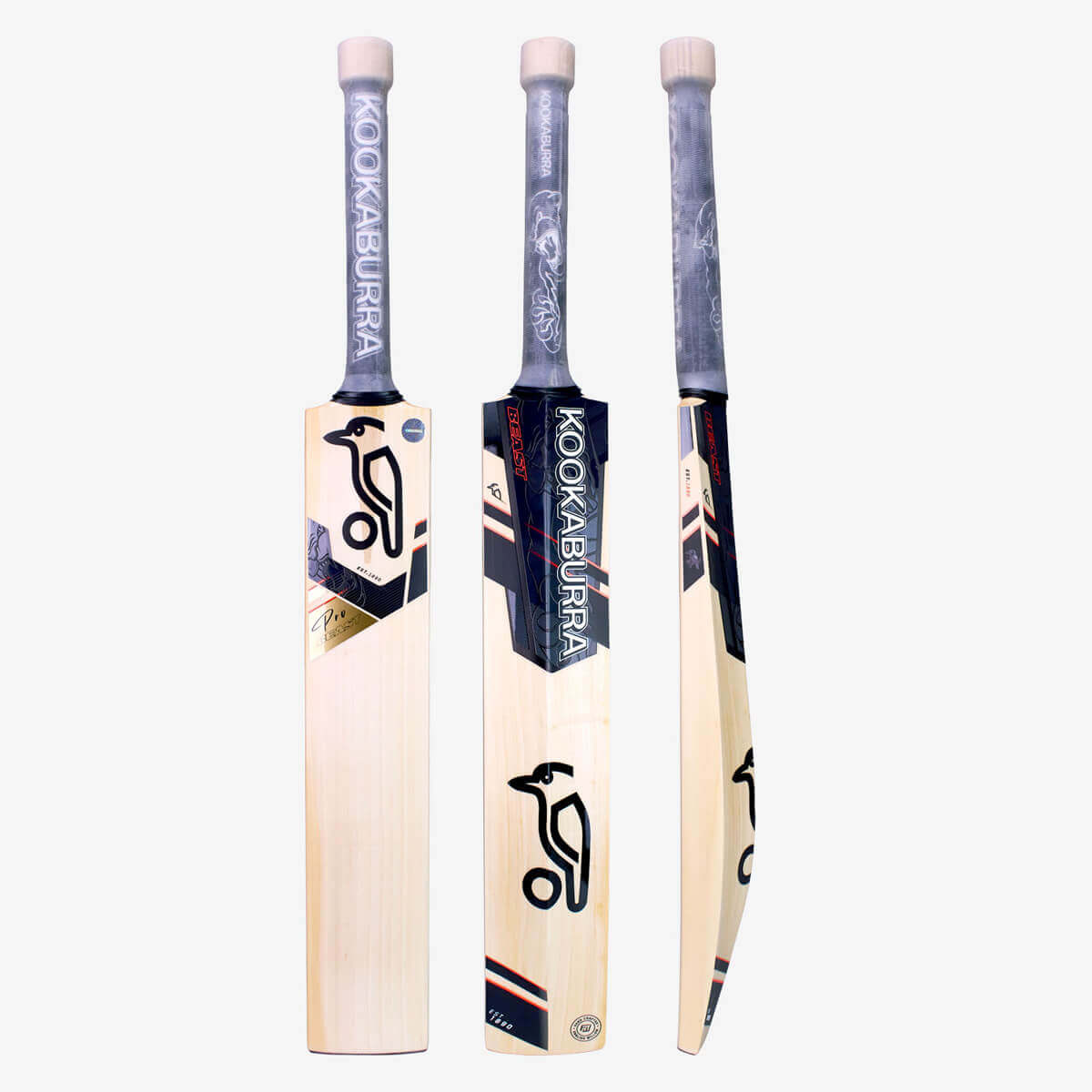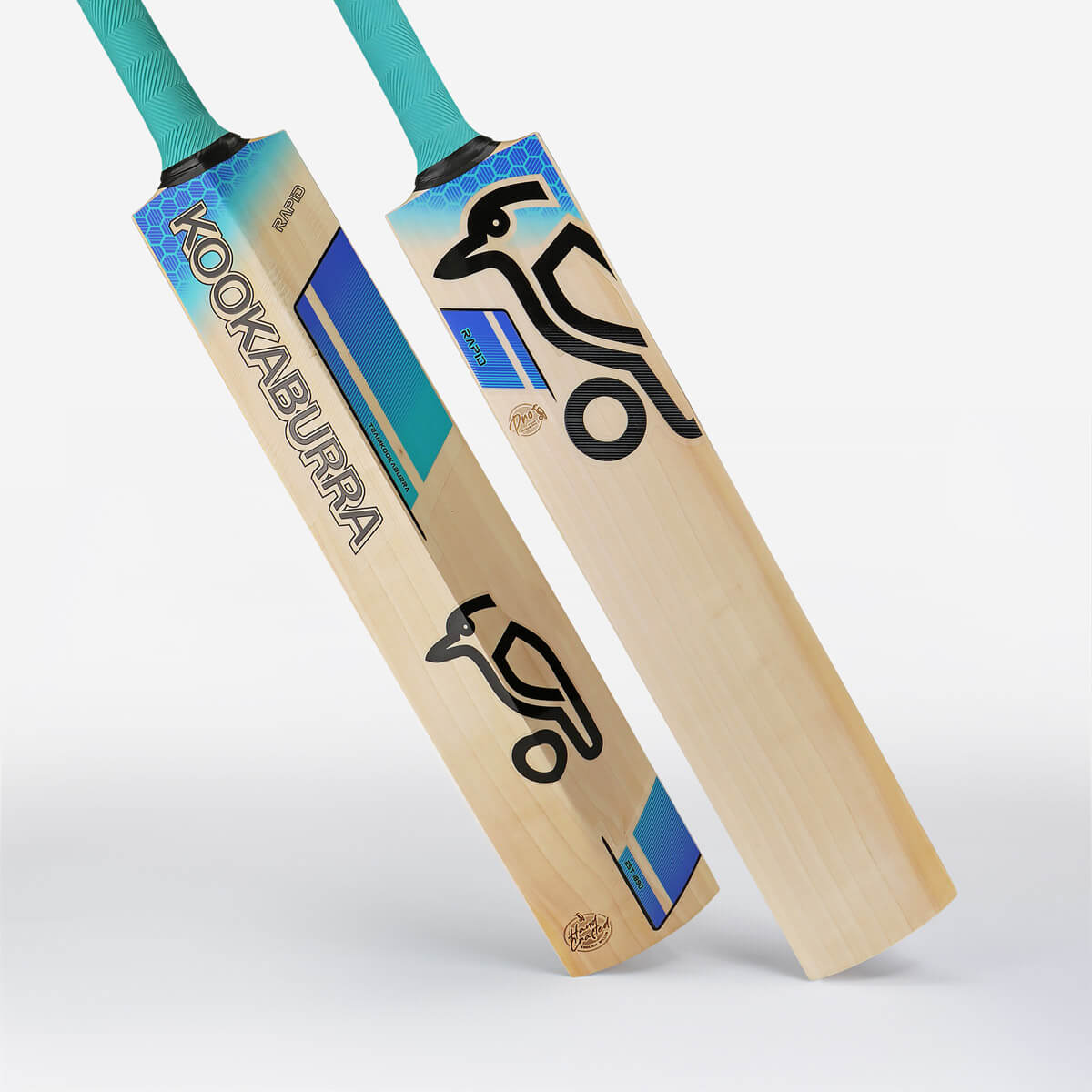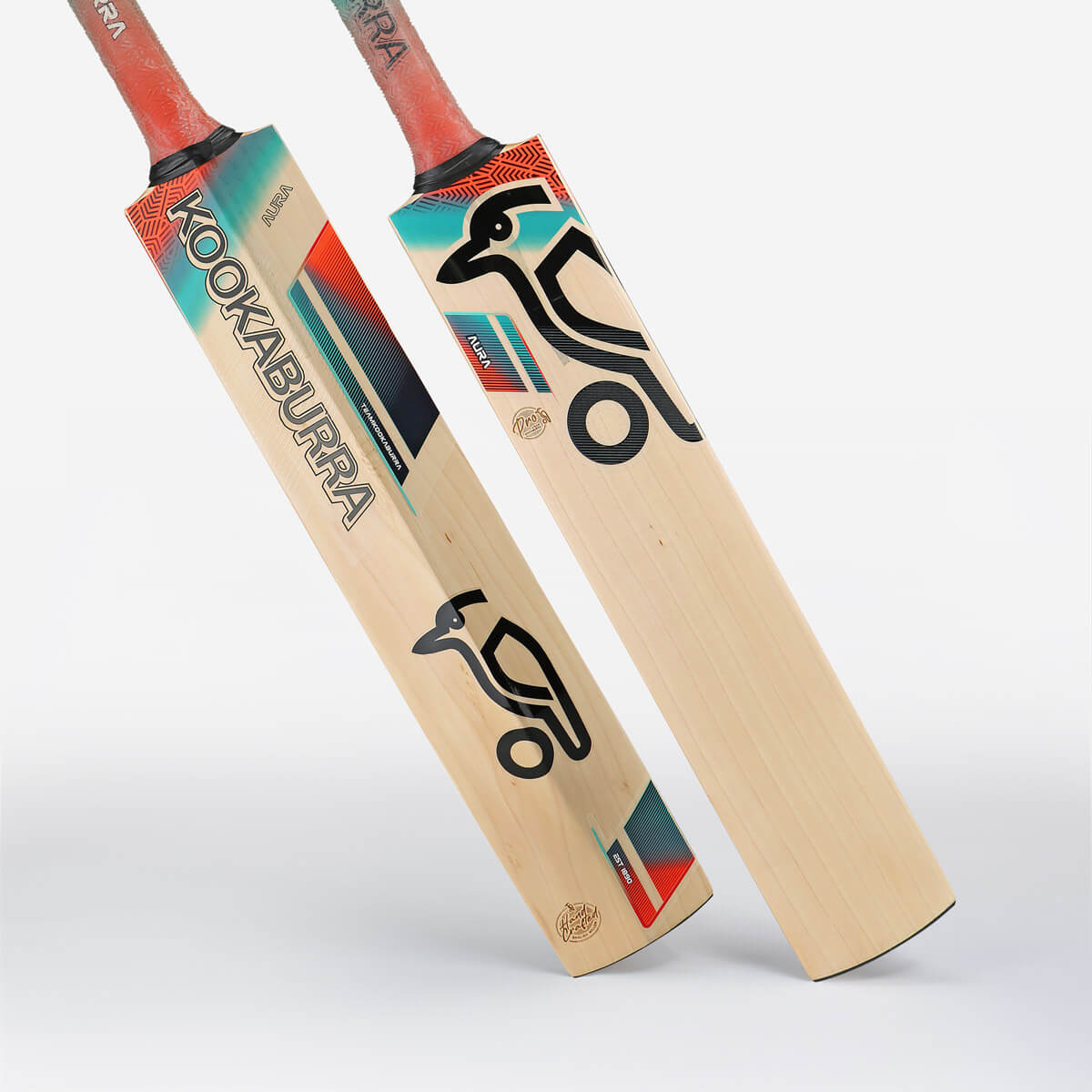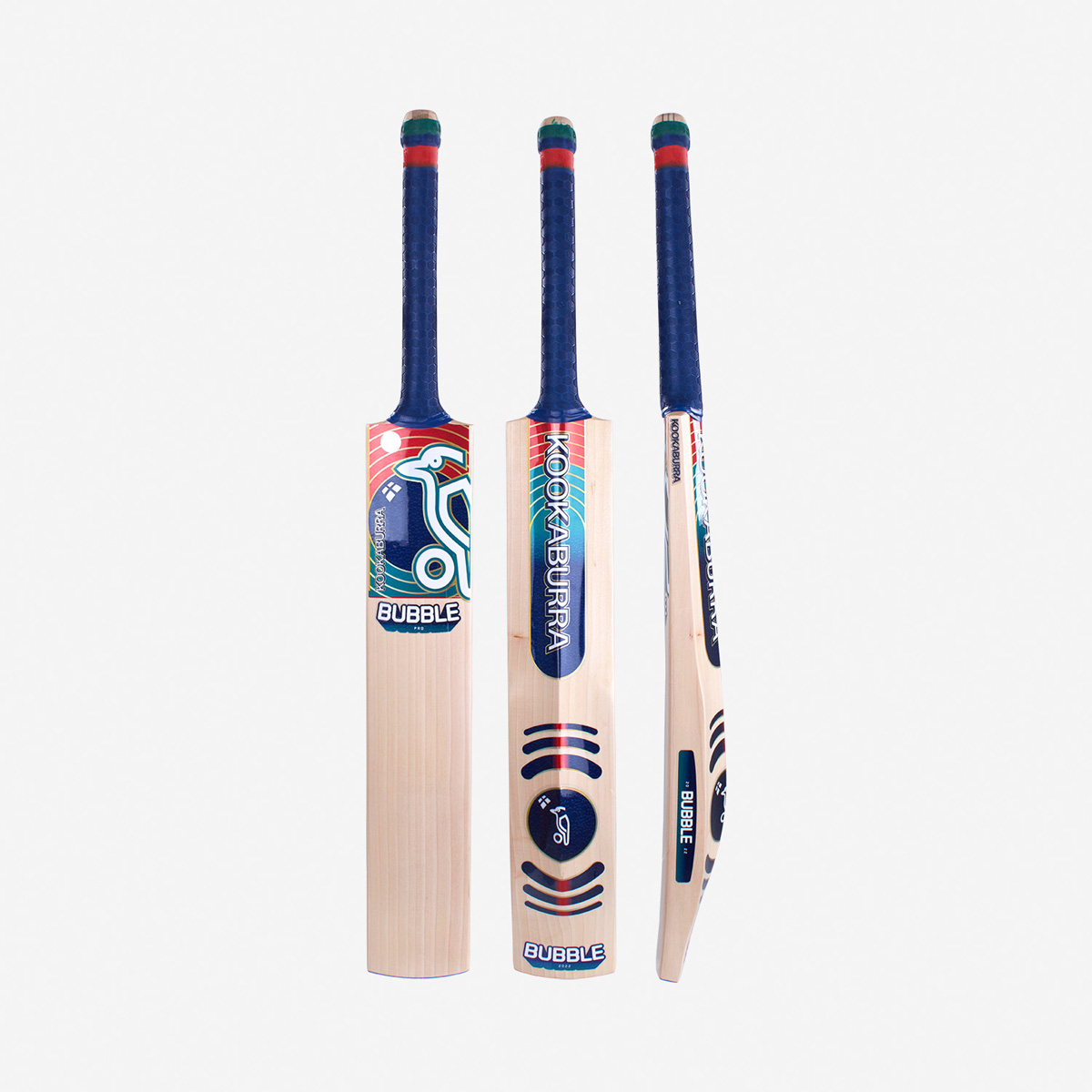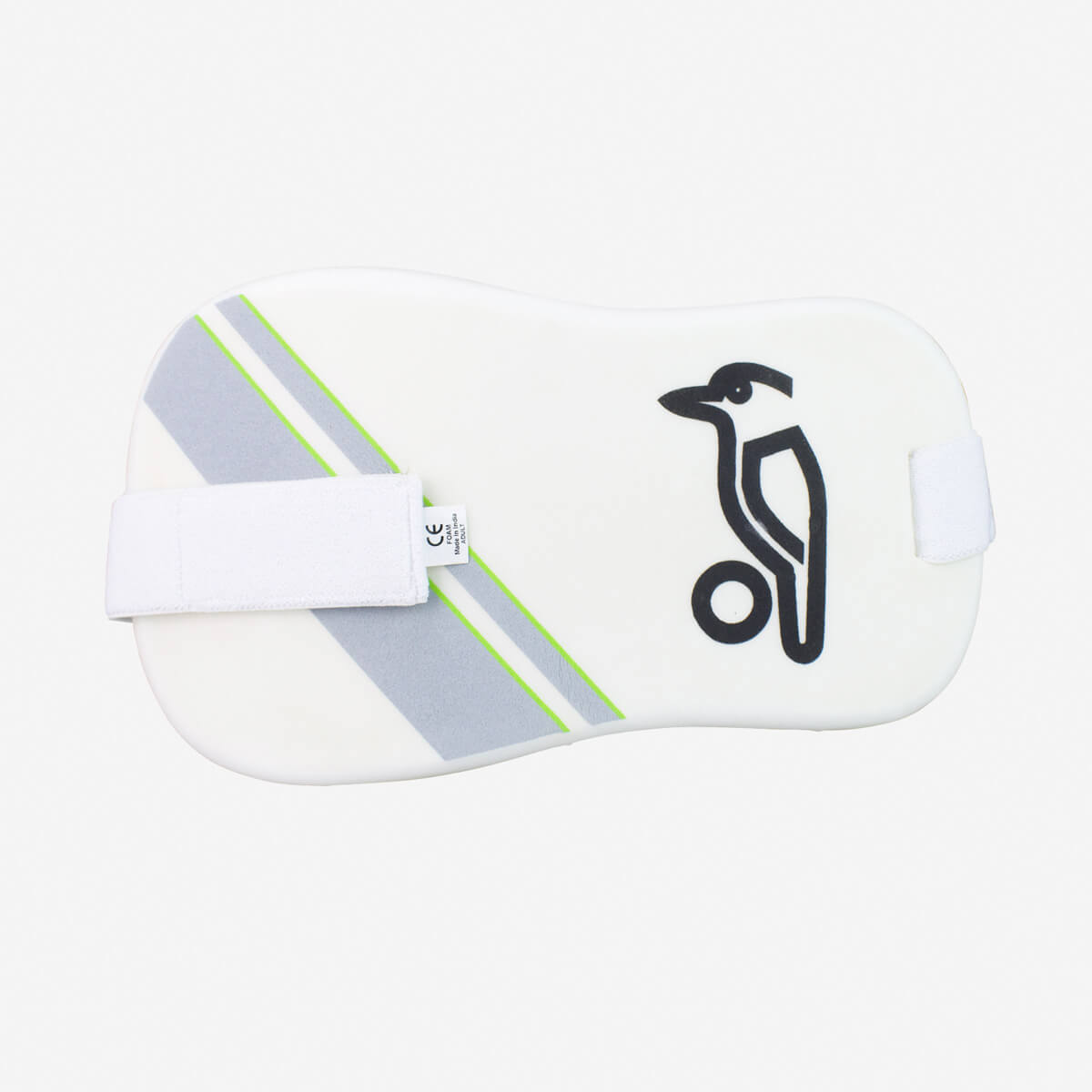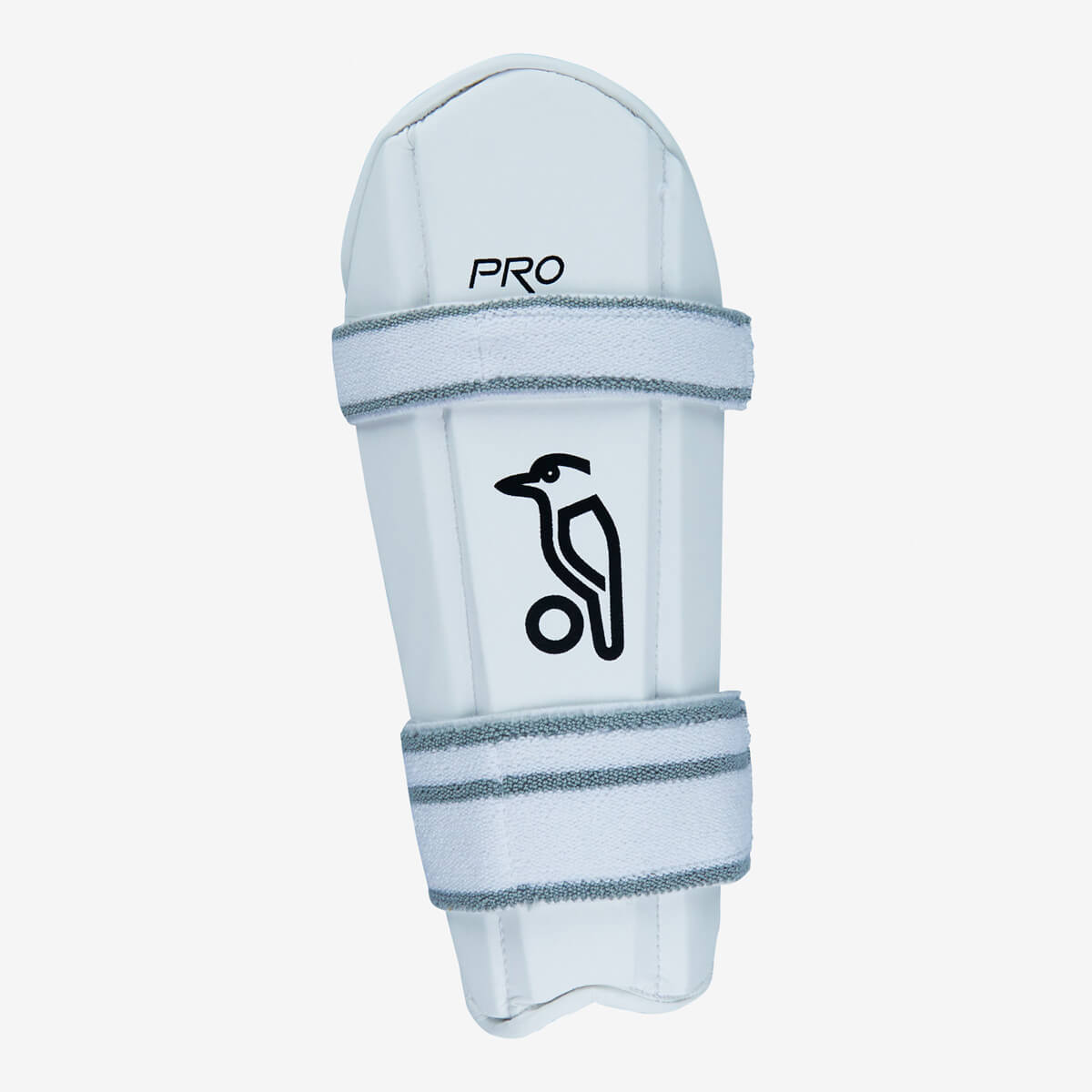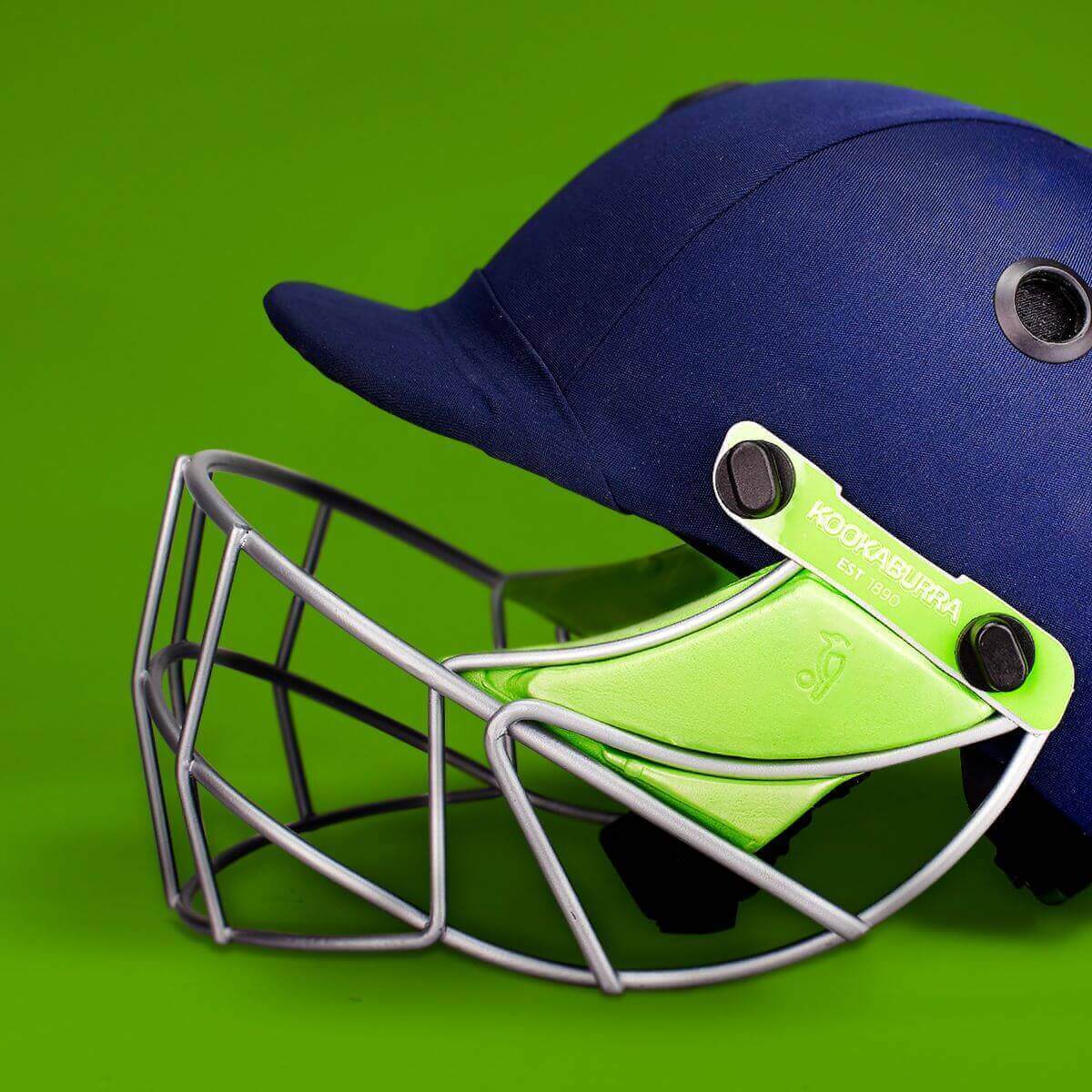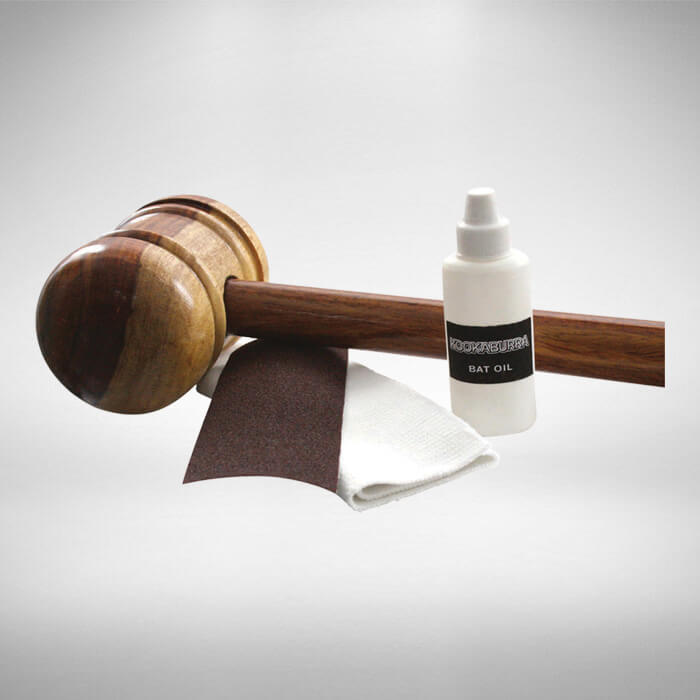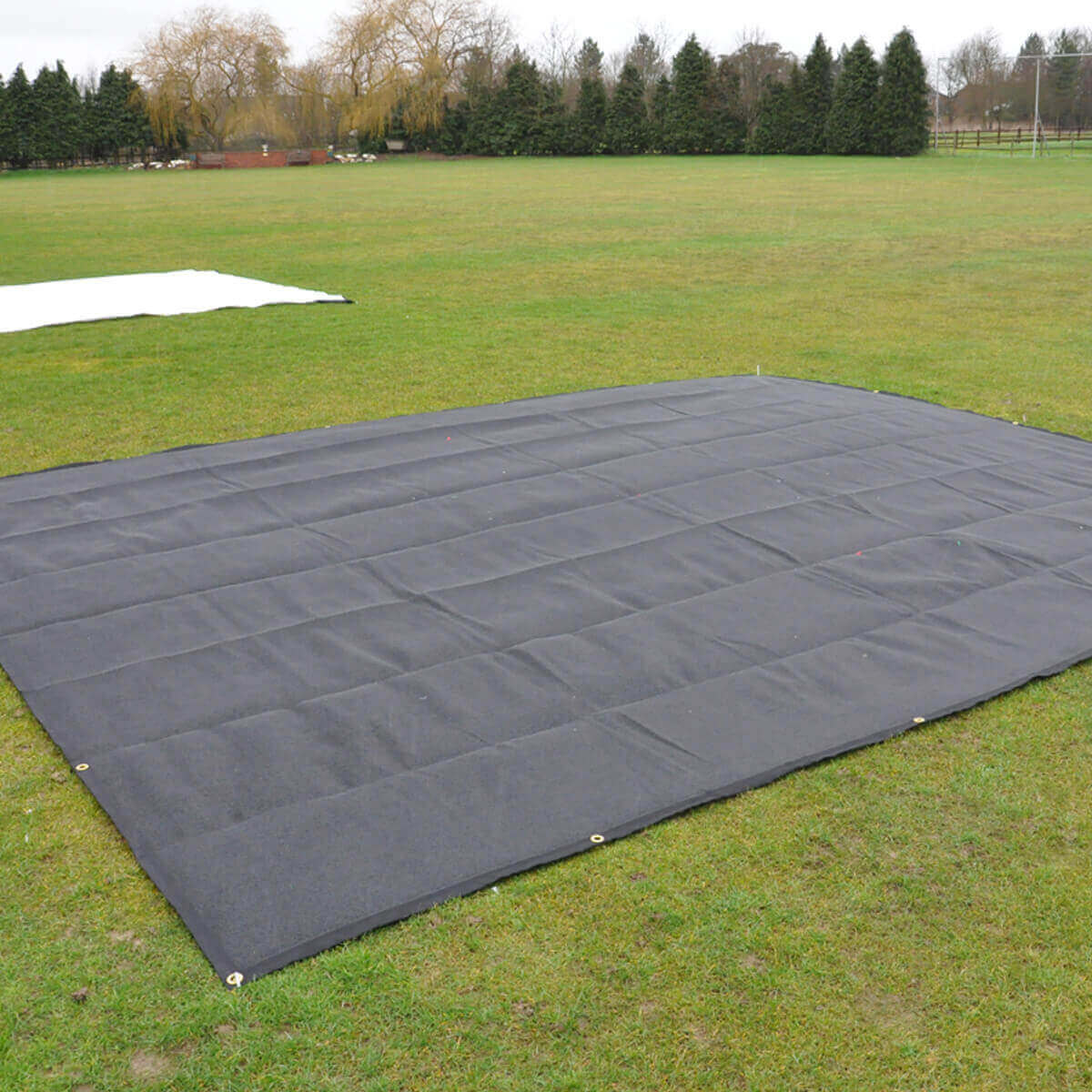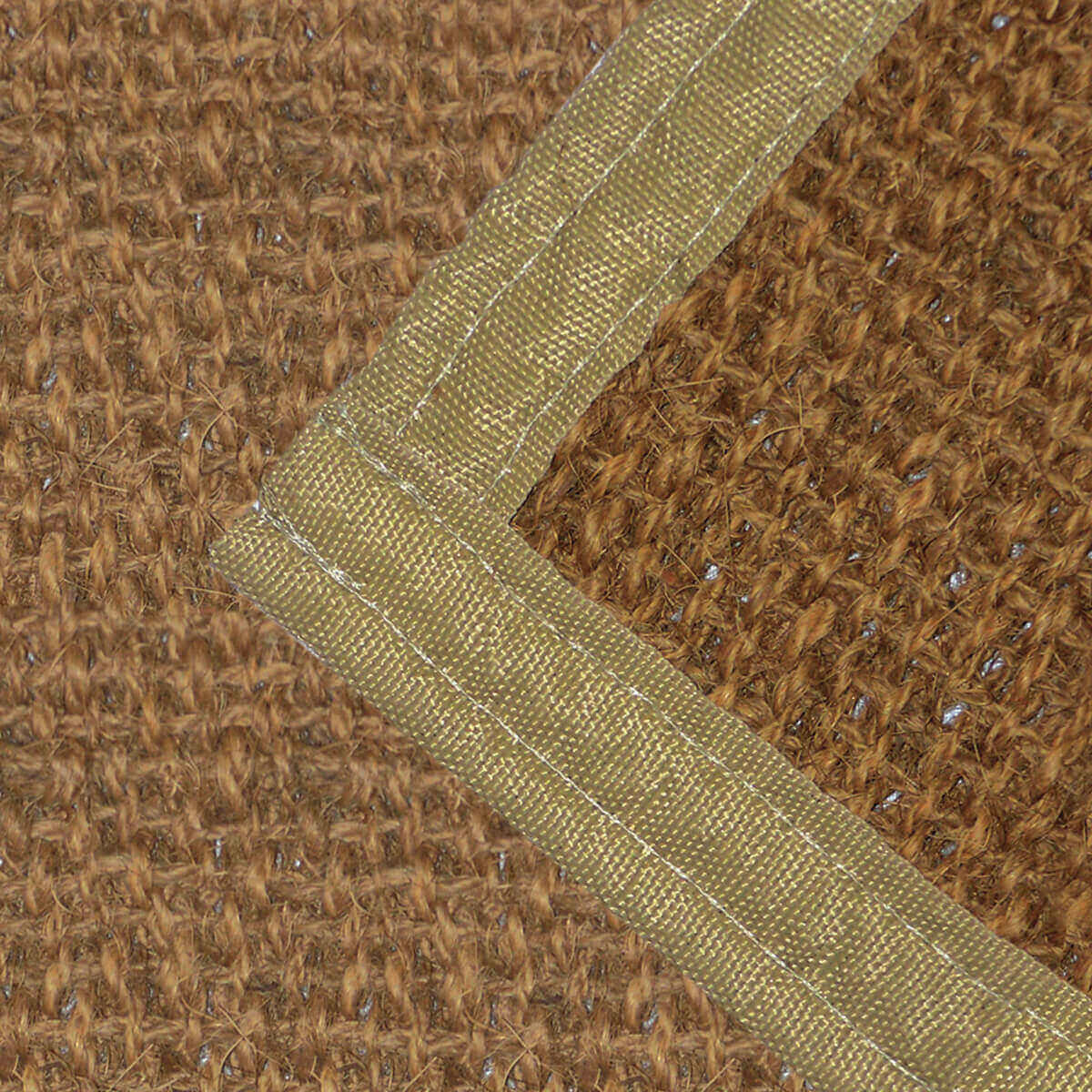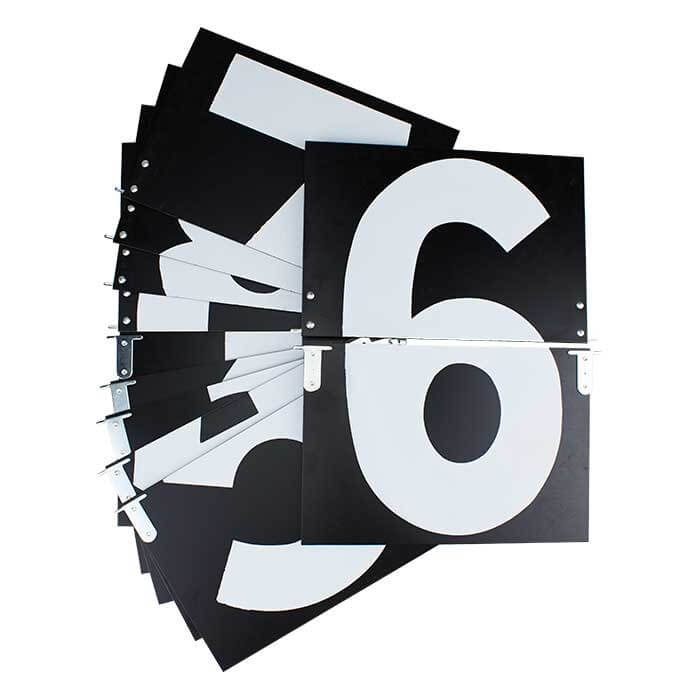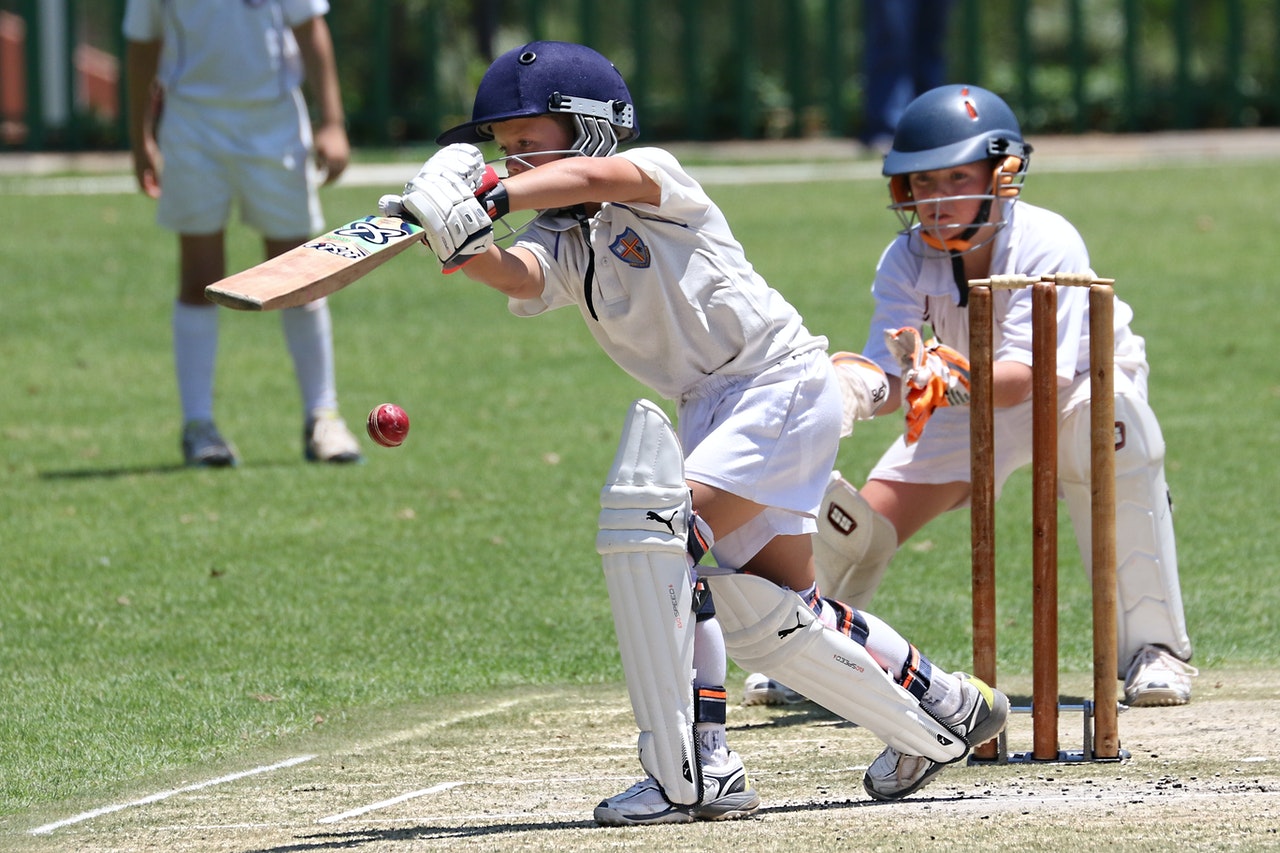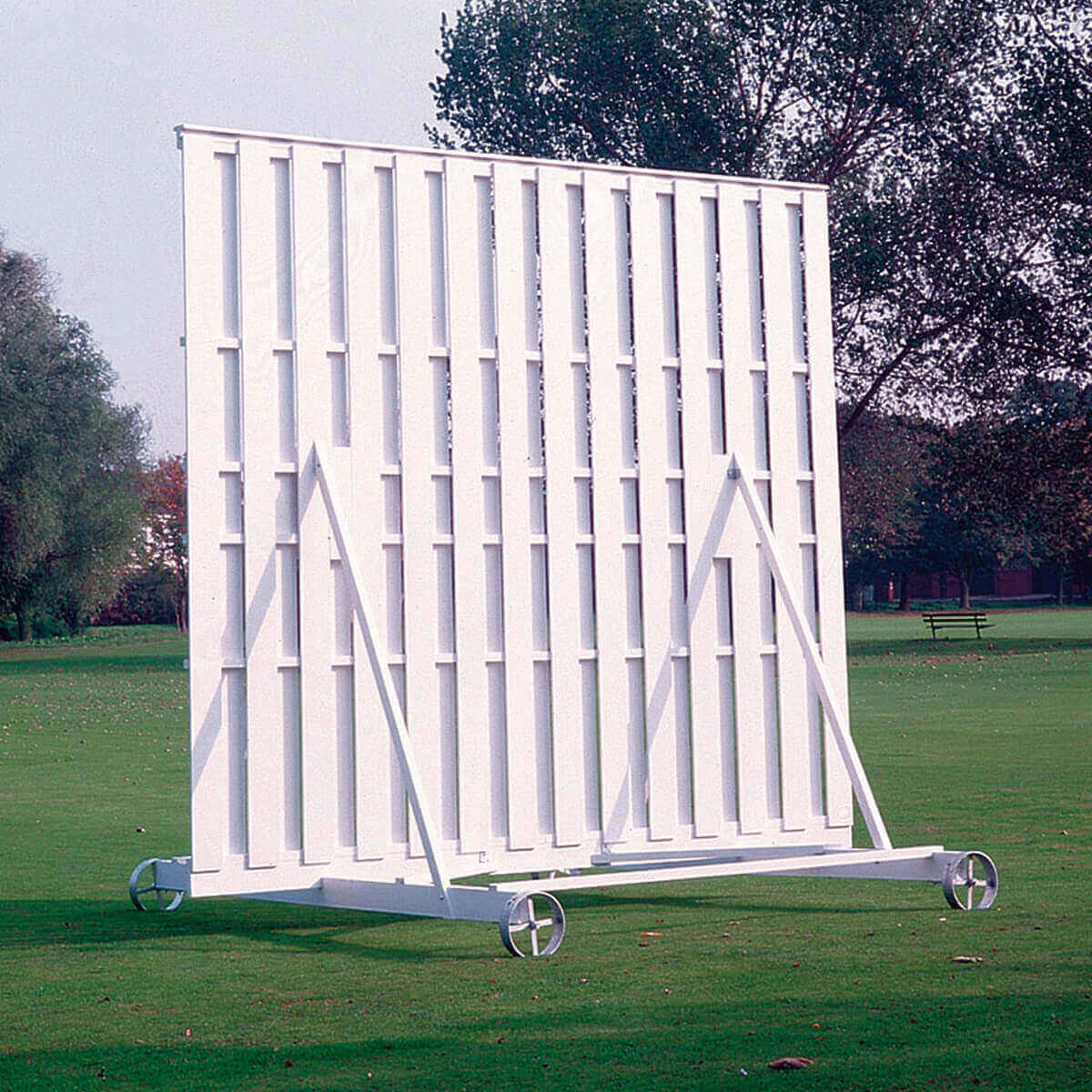If you are playing hardball cricket, either in training or professionally, you will need a lot of quality cricket equipment to keep you safe and ensure you are playing to the best of your ability. Of course, playing a fun game of cricket can be enjoyed by friends and family anywhere. Whether you’re playing a little game in the garden with the family or meeting up with your team in the park, it doesn’t always have to be a serious game with a hard ball and pads. However, for those of you who want to take your cricket game to the next level, using a suitable kit can make a huge difference.
Cricket is a game that requires a wealth of equipment in order to stay safe and reach optimum performance levels. As with many sports, cricket gear is heavily regulated by the game’s governing bodies and professional/semi-professional cricketers are very particular when it comes to the training and playing kit they use. Whether it’s bats, pads, gloves or even the ground equipment surrounding the pitch, you can often find a cricketer researching the top brands trying to find exactly the right item that suits their style of play and provides
the level of protection required for their standard of cricket.
A beginner player looking to improve their cricket game will need to understand the difference various bits of kit can make. Due to the positioning and nature of the game, the majority of cricket equipment is designed to protect a batsman. This is unsurprising when you consider the risks of facing a hard cricket ball bowled at up to speeds of up to 100mph.
But what does a cricket kit include? Training can include protective gear, cricket training equipment, protection and cricket ground equipment. This handy beginners guide outlines what you should look out for when purchasing cricket equipment and what cricket training items are available on the market.
Personal Cricket Equipment
- Cricket bat – The first thing you’ll need, of course, is a cricket bat. A lot of clubs and grounds provide bats but there’s nothing like feeling your own, perfectly sized bat in your hands. Luckily for you, 3D Sports are one of the top cricket bat suppliers in the UK and have a rich stock of Kookaburra bats in all sizes. Whether you are a junior playing for the school or aiming to go pro, we have a bat for everyone and every skill set.
- Cricket Ball – On a performance level, the ball usually used in cricket is a cork ball covered in leather. Cricket balls are hard, dense balls that are made with a cork centre a layer of tightly wound string with an outer of red leather. Most recreational cricket leagues use a red cricket ball, but more and more senior and junior matches are starting to use Pink and White cricket balls, to replicate the professional game. These balls may not be the largest but they can cause serious injury if it impacts the body. You can use softer cricket training balls instead of hard balls when practising, especially for juniors, but the majority of senior cricket practice takes place with hard cricket balls. Cricket training balls are often lighter and slightly softer to reduce the chance of injury.
- Pads – The purpose of almost all cricket equipment is to provide protection from the hard cricket ball. Cricket protection is not only an important part of your kit but it is also heavily regulated and enforced by the English Cricket Board. The first place to start when it comes to protection pads. Fast bowling, renegade cricket balls can seriously hurt when it hits you, but not with the right pair of pads on. Pads need to be obviously protective but they also should be lightweight and comfortable. There are generally two types of pads in the cricket market. One type is cane-cored pads that are covered in low-density foam. The other is pure, high-density foam pads.
- Cricket helmet – Helmets are a vital part of your kit. In fact, regulations say anyone under 18 MUST now wear a helmet, but we’d suggest everyone does anyway. Regardless of whether you’re looking for a junior cricket helmet or an adult, it is crucial to pick the right one. It may seem obvious but the first thing you want to consider when buying a cricket batting helmet is how well it is going to protect your head. Cricket helmets, both professional and training cricket helmets, are generally made up of a number of different features like the shell, grill and padding, and each of these features is customisable to offer various levels of protection, comfort and durability.
- Cricket gloves – Good batting gloves offer plenty of protection, but also allow ventilation for when your hands get inevitably sweaty. Your fingers are vulnerable when left bare, and if you were to play without protection, it wouldn’t take much to break one. A quality pair of batting gloves will offer you fantastic protection against the hard ball, massively reducing the risk of injury, without compromising but will never compromise your ability to manoeuvre your hands.
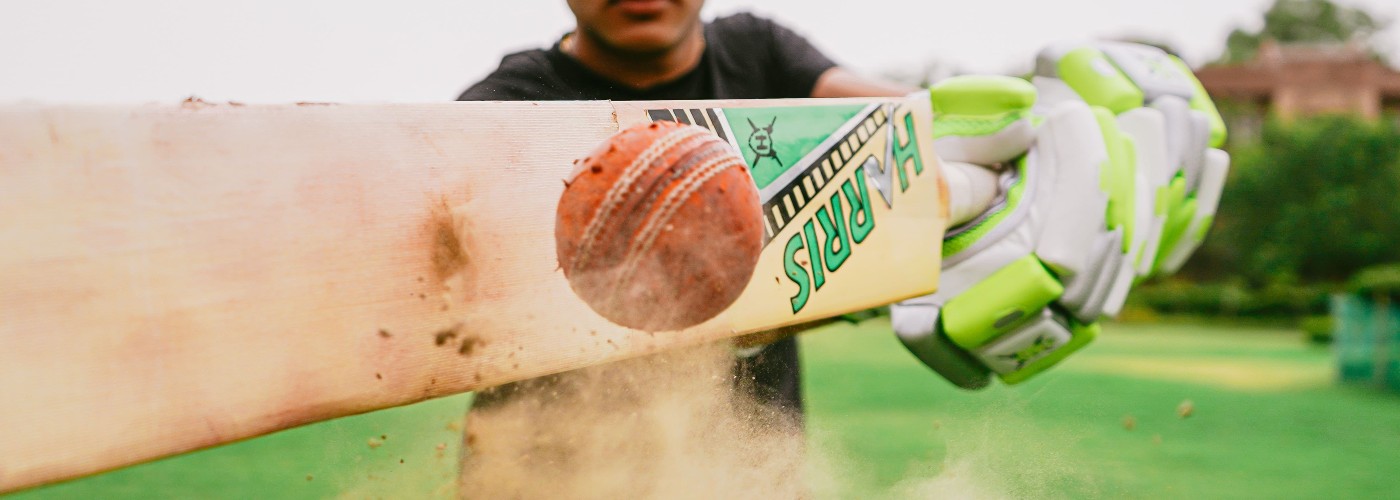
Cricket Ground Equipment
Every top cricket ground and training facility will have its own cricket nets, ground equipment and training pitches to try to provide the best training conditions for midweek cricket and junior training sessions. There are many pieces of ground equipment, both large and small, that can help you enhance your game and boost your team’s credentials.
Ground equipment is a broad category of kit. Examples of ground equipment range from cricket pitch essentials like cricket training mats and cricket covers or larger, off-the-field supplies like cricket sight screens and cricket scoreboards. Keeping your ground equipment in good condition is vitally important leading up to the cricket season when training is at its peak. This is when you should restock your cricket nets to provide safe practice and practicality and make sure you check up on your training mats while you’re at it!
Whilst cricket training pitches and cricket training mats are designed to aid technical development, ground equipment is crucial in live matches too. Other cricket ground products include baseball-inspired cricket bat sensors, mobile cages and batting tees.
Experts in cricket equipment
As cricket players ourselves, we love to see a friendly game of cricket being played. Don’t feel like you need to completely kit yourself out if it’s a back garden game with your family. All you need is some comfy, loose-fitting clothes and trainers, plus a bat and a ball. If, however, you want to take your cricket game to the next level or improve your current cricket grounds, come to the experts.
Our cricket ground equipment and personal cricket equipment is sourced from some of the best cricket brands in the world. From Kookaburra bats, balls and protection through to scoreboards and sight screens for your grounds.
We hope that you are fully prepped for a great season’s play. Our team of expert cricketers can supply everything you need for your ground and personal kits. Contact our team for more information on the right playing and training equipment for you and your team.



